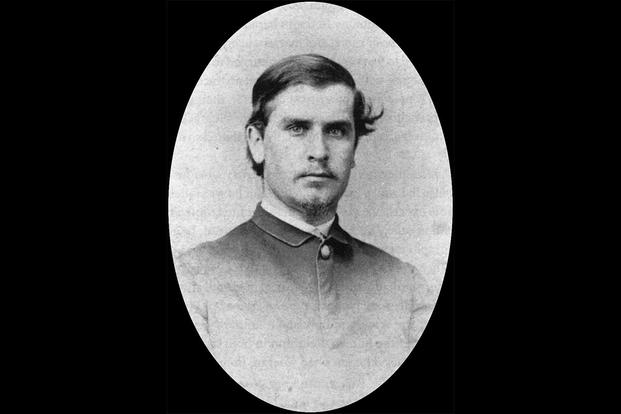In the foggy morning hour of 5 o'clock on Oct. 19, 1864, William McKinley and his Union troops were groggily having some breakfast in their camp along Cedar Creek near Middletown, Va. The future 25th president was a commander in the 2nd Div., 8th Cavalry and a passionate supporter of the Union cause.
Then the Confederate divisions under the command of Gen. John B. Gordon charged out of the fog. During the attack, McKinley’s horse was shot out from under him, leaving the young Ohioan pinned to the ground. Freed, McKinley limped back to the action, and narrowly escaped capture as he tried to rally his troops.
The Union forces were quickly overrun, and the 8th Cavalry retreated to the north end of the battlefield. However, Maj. Gen. Philip Sheridan made a hard, fast ride from the capital to his embattled troops and rallied his men in a counterattack. By Oct. 24, the Battle of Cedar Creek had turned into a Union victory — one that would help President Abraham Lincoln in his campaign for a second term of office.
McKinley had begun his Civil War service by enlisting as a private in the 23rd regiment of the Ohio Volunteer Infantry. After he bravely brought food to troops under fire at 1862's Battle of Antietam, he was promoted to second lieutenant. By war’s end, he had become a brevet major in the volunteers. For the rest of his life, many called him simply "The Major."
Unfortunately, that life was cut short. McKinley, who began his political career as a congressman and served two terms as Governor of Ohio, was a popular president whose second term began with great promise of domestic harmony and American supremacy overseas. On Sep. 5, 1901, after a speech at the Pan American Exposition in Buffalo, NY, President McKinley was shaking hands with the public. One man in line was an anarchist whose hand concealed a revolver wrapped in a handkerchief; he shot the president twice. McKinley died on Sep. 14, the third president to be assassinated.















